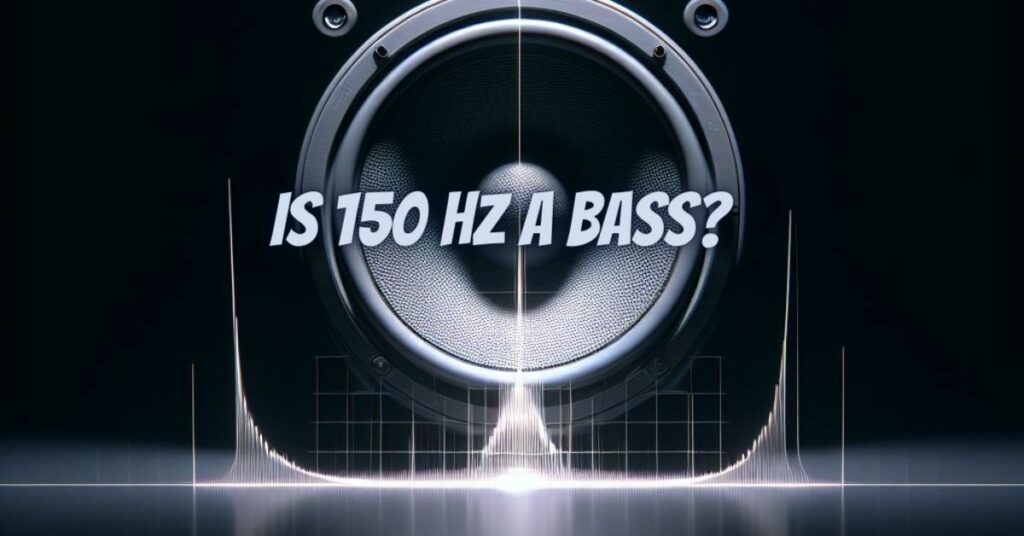In the world of music production and audio engineering, understanding frequency ranges is essential for crafting the desired sonic characteristics of a sound or mix. The question often arises: Is 150Hz considered bass? To clarify this issue, we’ll delve into the intricacies of frequencies, explore the context of 150Hz in music, and determine its role in shaping soundscapes.
Understanding Frequency Ranges
Before diving into the specifics of whether 150Hz is a bass frequency, it’s crucial to have a foundational understanding of the frequency spectrum:
- Bass Frequencies: These frequencies are known for their deep, resonant, and low-end qualities. They typically span from approximately 20Hz to 250Hz. Bass frequencies lay the foundation for the low-end in music, providing the thump in kick drums, the warmth in bass guitars, and the depth in orchestral double bass.
- Midrange Frequencies: The midrange encompasses the range of frequencies from around 250Hz to 2kHz. This region is where the majority of musical content resides, including vocals, guitars, and many melodic instruments. Midrange frequencies deliver clarity, articulation, and presence in a mix.
- Treble Frequencies: Treble frequencies, also referred to as high frequencies, occupy the range from 2kHz to 20kHz and beyond. This spectrum includes the shimmer of cymbals, the bite of an electric guitar’s pick attack, and the brilliance of high-frequency harmonics.
Is 150Hz Considered Bass?
Now that we’ve established the frequency spectrum, we can address the question: Is 150Hz considered bass?
150Hz is indeed situated within the bass frequency range. It falls significantly below the midrange and treble spectrums and comfortably resides within the low-frequency territory. Sounds at 150Hz contribute to the fundamental body and resonance of a musical composition. In the context of music production, this frequency is often associated with various elements, including:
- Bass Guitars: The fundamental frequencies of a bass guitar typically extend into the range of 40Hz to 100Hz and even higher. However, 150Hz plays an integral role in providing the midrange presence and punch of the bass sound.
- Kick Drums: The attack and fundamental frequency of a kick drum often occur in the vicinity of 50Hz to 100Hz. The 150Hz region contributes to the warmth and weight of the kick sound.
- Low-End Synthesizers: Many synthesizer patches and bass synth sounds generate prominent frequencies around 150Hz, adding richness and depth to the overall sonic character.
- Low Frequencies in Orchestral Instruments: Instruments such as the double bass, contrabassoon, and contrabass tuba produce fundamental frequencies that dwell within the bass range, including the 150Hz region.
In the context of music and audio, frequencies are categorized into distinct ranges to assist in comprehending and manipulating sound. The 150Hz frequency unequivocally falls within the bass spectrum, contributing to the depth, warmth, and resonance of musical compositions. A nuanced understanding of frequency ranges empowers musicians, audio engineers, and producers to create well-balanced and harmonically rich soundscapes that harness the power of bass frequencies and their influence on the overall sonic character of a track.


